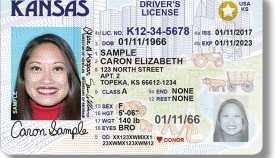AARP Eye Center
CLOSE ×
Search
Popular Searches
- right_container
- Health
- Money
- Work & Jobs
- Advocacy
- Social Security
- Medicare
- Caregiving
- Games
- Travel
- More...
- Entertainment & Style
- Family & Relationships
- Personal Tech
- Home & Living
- Auto
- Staying Sharp
- Podcasts
- Videos
Companies that seek to retain older workers should ensure that upskilling and promotion opportunities are available to workers of all ages.
Older workers must not be left behind as rapidly evolving technologies create new industries and occupations.
Here's how the loss of millions of workers from the labor force over the last few years is influencing today's workplace.
Small business trends influence the 50+ workforce, who represent a larger share of the workforce in small firms than in large ones
Despite the demand for an educated workforce, college enrollment continues to trend downward.
Unemployment data reveal the ongoing discrepancies in unemployment rates among older workers by race, ethnicity, and sex, many of which further intensified during various points in the pandemic.
Many of the workers who retired during the pandemic were already at or beyond retirement age, making them less likely to return to work. But workers in the 65+ age group can be drawn back into the workforce under certain conditions.
Until the beginning of the COVID-19 pandemic, older women were among the fastest-growing demographic groups in the US workforce.
Will some retirees return to the labor force?
In many ways, we are still in the eye of the storm when it comes to seeing the employment effects of COVID-19.










































































